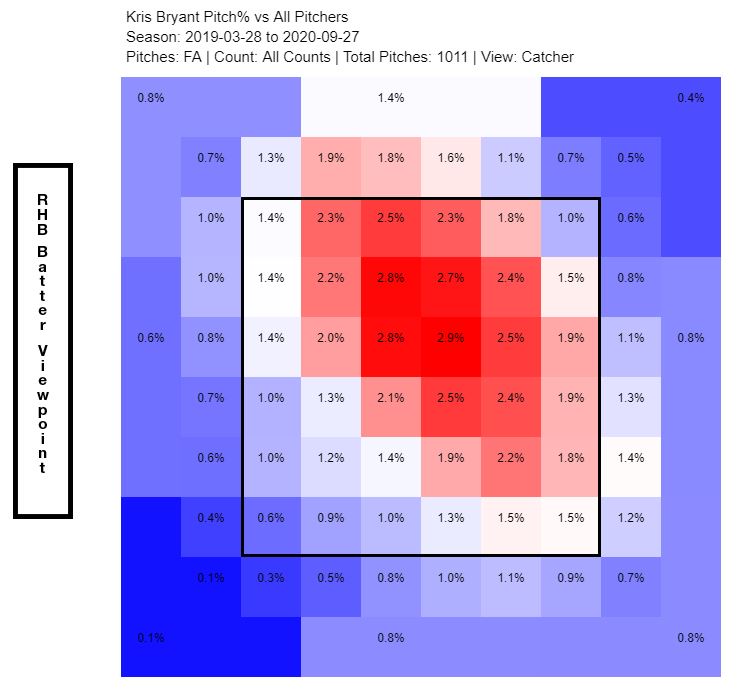Effectively Wild Episode 1690: No Regression to the Means

Ben Lindbergh and Meg Rowley banter about Orioles ace John Means pitching a no-hitter and the dropped-third-strike rule that prevented him from having a perfect game, Tony La Russa’s latest managerial miscues, an umpire admitting he guessed at a call, the Yankees turning their season around after a slow start and the perils of small-sample team performance, heckling the Astros, Dylan Cease, Huascar Ynoa, and good and bad arguments for and against the DH, whether the zombie-runner rule leads to more or fewer balls being put in play, the Twins’ struggles in Manfredball games, and whether fans are being cheated by seven-inning games, plus a Meet a Major Leaguer on Angels utility man Jose Rojas and Brewers pitcher Alec Bettinger (and, indirectly, 19th-century Milwaukee catcher Alamazoo Jennings).
Audio intro: Sloan, "She Says What She Means"
Audio outro: Badfinger, "Perfection"
Link to video of Means no-hitter
Link to video of dropped third strike
Link to Sam on dropped third strikes
Link to MLB.com on dropped third strikes
Link to SABR on dropped third strikes
Link to James Fegan on La Russa
Link to Angel Hernandez play/quote
Link to story about Astros taunts
Link to Cease highlights video
Link to video of Ynoa’s grand slam
Link to Ben on the DH
Link to Ben on player talent over time
Link to story on Rojas
Link to BP on Bettinger
Link to MLB.com on Bettinger
Link to story on Alamazoo Jennings
![]() iTunes Feed (Please rate and review us!)
iTunes Feed (Please rate and review us!)
![]() Sponsor Us on Patreon
Sponsor Us on Patreon
![]() Facebook Group
Facebook Group
![]() Effectively Wild Wiki
Effectively Wild Wiki
![]() Twitter Account
Twitter Account
![]() Get Our Merch!
Get Our Merch!
![]() Email Us: podcast@fangraphs.com
Email Us: podcast@fangraphs.com
Podcast (effectively-wild): Play in new window | Download
Subscribe: RSS


